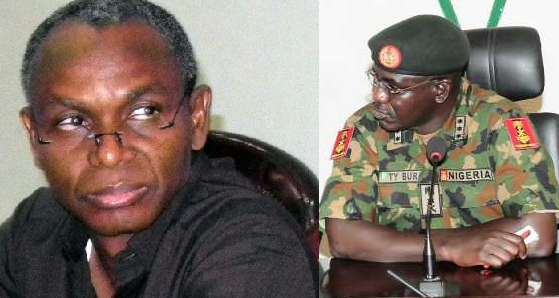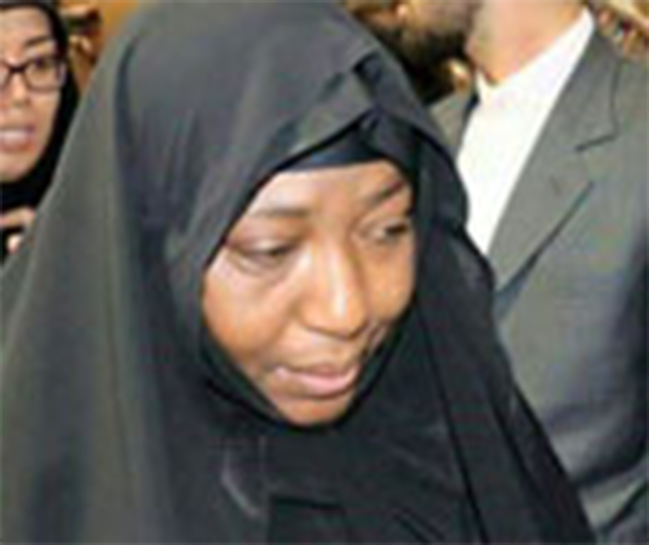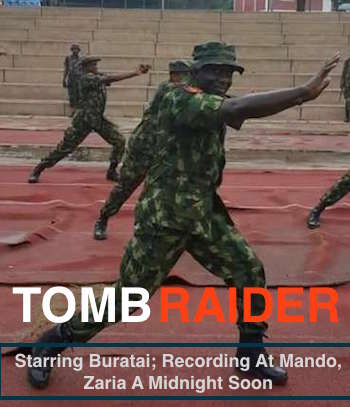- Yusuf characterized the Nigerian secular state as evil and incited violence against it
- Zakzaky has always been opposed to violence
- It is to be hoped the investigation is credible and thorough, and the authorities hold accountable those responsible for the massacre
- Zakzaky and his wife, now detained without charge since December, should be released at once
- If Buhari fails, Zakzaky’s Shiite sect will go underground, just as Boko Haram did
Council of Foreign Relations, CFR
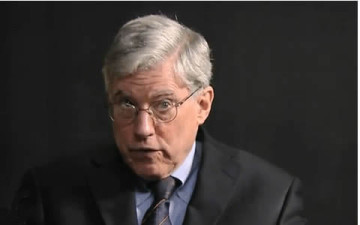
by John Campbell, former Ambassador to Nigeria; On April 27th, 2016
Caption: Nigerian Security Services, Boko Haram, and the 2015 Zaria Shiite Massacre
In 2009, following Boko Haram’s apparent revolt, the details of which remain murky and contentious, the Nigerian security services, mostly the army, destroyed the group’s Maiduguri compound. The army arrested then Boko Haram leader, Mohammed Yusuf, and turned him over to the police, who extrajudicially murdered him. The army killed at least eight hundred of his followers and family members. Boko Haram survivors went underground only to emerge in 2011 under a new, bloodthirsty leader: Abubakar Shekau.
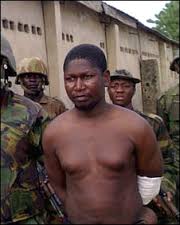
Since then, fighting between Nigeria and Boko Haram has resulted in tens of thousands of deaths and more than two million internally displaced persons. Though by no means free of violence, Boko Haram had not been especially murderous before 2009. In 2015, the Institute for Economics and Peace characterized it as the world’s most lethal terrorist movement. The Nigerian security services’ 2009 Maiduguri killings were the catalyst that transformed Boko Haram into a violent terrorist movement devoted to the destruction of the Nigerian secular political economy.
In December 2015, in Zaria, Kaduna state, the security services killed more than 350 people, mostly Shias, according to a new report by Amnesty International. Nigerian Shiite authorities maintain that there are an additional 350 missing. Amnesty documents crude efforts by the Nigerian security authorities to cover-up the massacre. As in 2009, there was a confrontation between the security services and a religious sect; the army claims the Shias were trying to murder the chief of army staff moving through their neighborhood in a convoy. The Shias deny anything other than peaceful intent. The Shias leader, Ibrahim al-Zakzaky, and his wife were severely wounded and have been detained without charge. Zakzaky was granted access to a lawyer only in April.
There are fearsome similarities between the incidents in Maiduguri and Zaria. Must we anticipate from the Shias the same violent trajectory as that of Boko Haram? There are differences that may mitigate Shiite violence.
The aftermath of Mohammed Yusuf’s murder was captured in a video that went viral in northern Nigeria; Zakzaky, however, is still alive. Yusuf in his preaching was increasingly characterizing the Nigerian secular state as evil and he appeared to incite violence against it. Zakzaky has always been opposed to violence. In 2009, the authorities moved very slowly toward an investigation of the bloodshed in Maiduguri. In Zaria, by contrast, the state government has moved quickly to investigate the incident and has promised a report.
- Related: NewsRescue-JCI: The Shiites Made History Defending Churches From Boko Haram In Kaduna
- Related: NewsRescue-#TombRaiders: Nigerian Army Planning To Steal Bodies From Mass Grave In Zaria – SaharaReporters
To prevent a repeat in Zaria of what happened in Maiduguri, it is to be hoped that the investigation of the incident is credible and thorough, and that the authorities hold accountable those responsible for the massacre. Zakzaky and his wife, now detained without charge since December, should be released at once. But, if the Nigerian government fails to take these actions then there is the risk that members of Zakzaky’s Shiite sect will go underground, just as Boko Haram did.
Read original report here on CFR site

